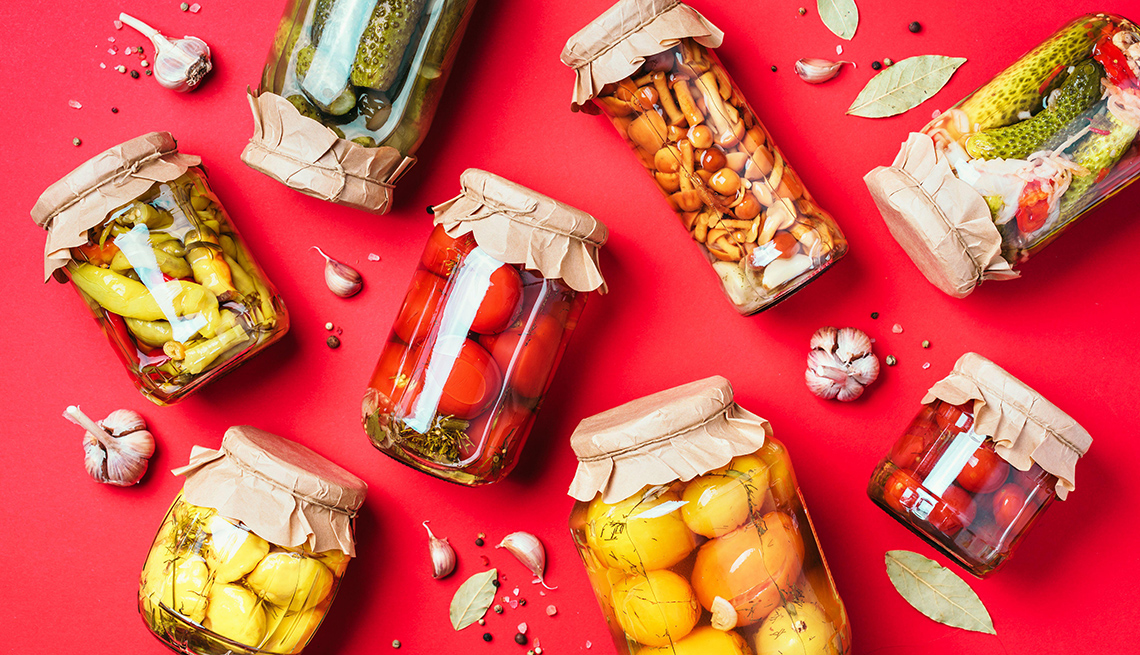Play all audios:
Whether you want to put aside enough to last the winter or just process a few jars of jam, you need to understand the basics. For example, be wary of heirloom recipes or outdated advice,
experts say. "People think they know how to preserve but a lot has changed in the last 10, 20 years,” says Noreen Goff, a master food preserver with UC extension in Amador and Calaveras
counties. Master food preservers are extension volunteers trained as educators. Two dependable preservation sources are county extension services, which are backed by university research
centers, and the National Center for Home Food Preservation (NCHFP), supported by the Cooperative State Research, Education and Extension Service and the U.S. Department of Agriculture.
Nonprofit organizations like the Black Urban Gardening Society or Tilth Alliance in Seattle, Washington, also offer food preservation classes. Most importantly, only preserve what you like
and will actually eat. Otherwise, it's just a waste of time and resources, experts say. Wright uses a fermentation process with a natural starter to make natural fruit sodas for his
kids, among other foods. In St. Clair County, Alabama, Philip Meade, 51, who shares a 1/8-acre garden with his housemate, makes pickled corn, a sauerkraut-style dish that he learned from his
mother. He puts sweet corn in a 5-gallon bucket in a vinegar and salt brine, covers it loosely and waits. It takes about a month, he says, to get “a real good pickle.” If you want to begin
preserving food, here are some basic techniques. Consider what's most appropriate for the specific food and your own time, storage, tastes and dietary restrictions. Getty Images 1.
FREEZING This is the most nutritious method because you can capture food at the peak of its vitamin value and you don't add sugar or salt, says Roxana Ehsani, a registered dietician and
consultant in Las Vegas. Some foods, like beans, require a quick bath in boiling water to stop enzymes from causing decay; others, like berries, can be frozen without blanching. Most foods
will last at least three to six months. The only downsides are space and the cost of running the freezer. 2. PICKLING

